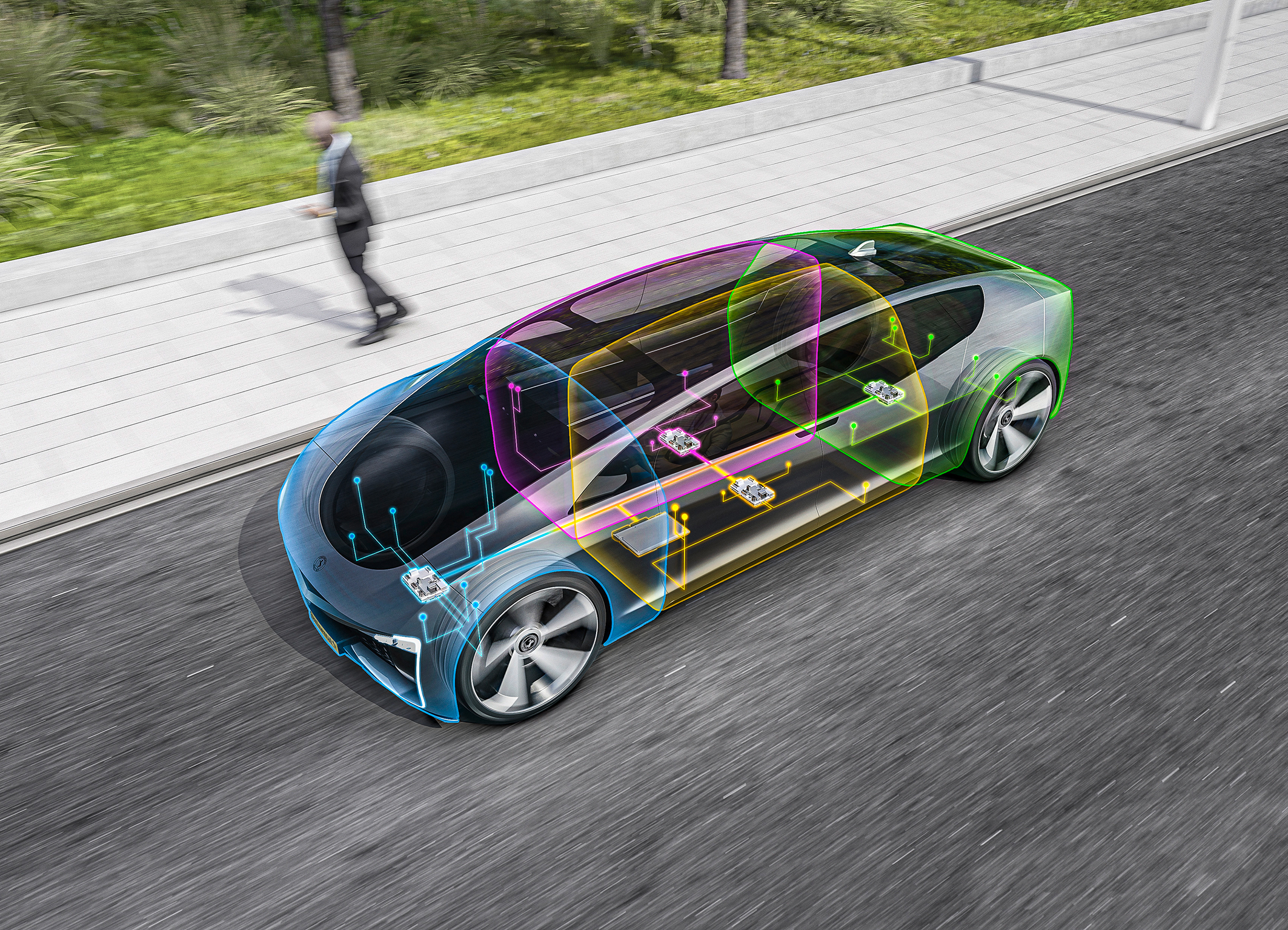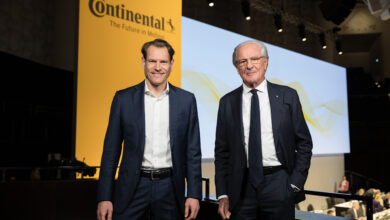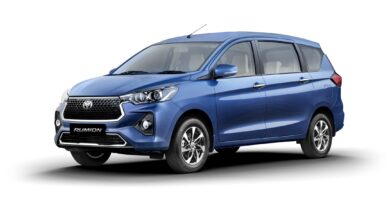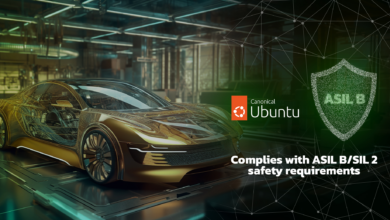Continental Is Advancing Server-based Vehicle Architectures with Zone Control Units

With the series introduction of so-called Zone Control Units (ZCUs) for European and Asian car manufacturers, Continental has implemented another key component of server-based architectures in addition to high-performance computers. The technology company has received multiple customer orders for zone control units from car manufacturers worldwide. Continental’s electronics specialists are driving the development of software-defined vehicles worldwide. Zone control units form the middle tier of the server-based electrical and electronic (E/E) architecture in software-defined vehicles. Between the levels of sensors and actuators as well as the high-performance computers, they redistribute the vehicle architecture and ensure the electronics interact smoothly across domains, reduce complexity and are the key to over the air software updates in the vehicle.
“With high-performance computers, we are pioneers in the top control tier of server-based vehicle architectures. With zone control units, we also offer a solution for the middle tier. Our platform-based and modular development approach enables us to start series production within just over a year of receiving an order. This is how we are bringing the software-defined vehicle to the road more speedily,” says Jean-François Tarabbia, Head of the Architecture and Networking business area at Continental.
Optimized data links between ZCUs and electronic components of a physical zone
One ZCU bundles all electronic and electrical connections in a local section of the vehicle. For example, ZCUs are responsible for all service and data management tasks in the vehicle areas such as the front, right or left, or the rear. This optimizes data paths between ZCUs and electronic components such as sensors and actuators in a physical zone. Instead of up to a hundred or even more individual control units as before, the result is an architecture that reduces complexity and at the same time saves weight, thereby reducing CO2 emissions. This allows the highly complex wiring harness in modern vehicles to be streamlined to such an extent that vehicle manufacturers will be able to install it automatically in the future.
The ZCUs are generally connected to the relevant high-performance computer via a powerful Ethernet link and thereby support features of the high-performance computer such as the separation of hardware and software as well as optimum cybersecurity and update capability. At the same time, they are responsible for special tasks such as control, real-time functions, signal to service conversion, communication management and decentralized energy supply.
Scalable portfolio for the new E/E architecture
It is a structured new beginning: where individual functions, or functional areas were previously integrated into individual control units in the vehicle, a new approach is now being taken. As the vehicle becomes more software-defined and part of the Internet of Things (IoT), the complex E/E architecture with its many embedded systems is proving to be unsuitable. The solution lies in a streamlined architecture with just three levels: individual sensors and actuators work at the “base.” Above this is the middle level of local control and software and data management. This tier of the ZCU has a special feature: data flows from different domains merge here and are forwarded in a coordinated manner to the top control level consisting of a few high-performance computers. In turn, the ZCUs act as intermediaries to ensure the execution of commands from the server tier. Moreover, the ZCU can supply power to the peripheral ECUs as well as providing electrical protection of up to 40 amps. ZCUs also offer a solution for future 48-volt electrical systems. Of course, the ZCUs support functional safety requirements as well as the rules of the so-called Safety Elements out of Context (SEooC) for the reuse of (software) components in other vehicles.
Platform for the service-oriented and software-driven vehicle
“A ZCU is like a tailor-made workhorse and gateway in the vehicle. This new architecture considerably simplifies the wiring harness and thus saves weight. The clear division of tasks, the separation of hardware and software and the standardization of interfaces make it much easier to manage the growing complexity and the virtually exploding scope of software in the vehicle,” explains Dragos Bohotineanu, Head of ZCU product group in the Architecture and Networking business area at Continental.
As local data nodes, the ZCUs simplify data management and the provision of services. The ZCUs also support the secure installation of new updates that reach the vehicle “over the air.” This is ensured by special cybersecurity elements. The modular structure of the platform gives you the freedom to adapt the respective ZCU optimally to the specific requirements of an application.
As proven application software can continue to be used in new vehicle models, the validation effort is reduced and development is accelerated – this could speed up the product launch speed. “With our platform for zone control units, we support our customers in mastering and minimizing complexity,” says Bohotineanu. The potential to make the E/E architecture of software-defined vehicles more efficient will further increase the relevance of this product solution in the future.
Continental develops pioneering technologies and services for sustainable and connected mobility of people and their goods. Founded in 1871, the technology company offers safe, efficient, intelligent and affordable solutions for vehicles, machines, traffic and transportation. In 2023, Continental generated sales of €41.4 billion, and currently employs around 200,000 people in 56 countries and markets.
Press contact
Santosh Jochim
Associate Director – PR
Phone: +91 8022483008
E-mail: [email protected]
Lochan Kaushik
Executive – Media Relation
Phone: +91 7896109329
E-mail: [email protected]





